opening hours
Monday closed
Tuesday to Sunday 11 am – 7 pm
Monday 8 December 11 am > 7 pm
Wednesday 24 December 11 am > 4:30 pm
Thursday 25 December closed
Wednesday 31 December 11 am > 4:30 pm
Thursday 1 January 11 am > 7 pm
Monday 5 January 11 am > 7 pm
Tusday 6 January 11 am > 7 pm
- full price € 15 at the box office - € 14 online
- reduced price € 12 at the box office - € 11 online
– for young people aged between 18 and 25 (not yet turned 25);
– for groups of 15 people or more;
– La Galleria Nazionale, Museo Ebraico di Roma ticket holders;
– upon presentation of ID card or badge: Accademia Costume & Moda, Accademia Fotografica, Biblioteche di Roma, Centro Sperimentale di Cinematografia, Enel (for badge holder and accompanying person), FAI Fondo Ambiente Italiano, Feltrinelli, Gruppo FS, IN/ARCH Istituto Nazionale di Architettura, Sapienza Università di Roma, LAZIOcrea, Palazzo delle Esposizioni, Amici di Palazzo Strozzi, Accademia Nazionale di Santa Cecilia, Scuola Internazionale di Comics, Teatro Olimpico, Teatro dell’Opera di Roma, Teatro di Roma, Università degli Studi di Roma Tor Vergata, Youthcard; - open € 18
valid for one year from the date of purchase
- free
– minors under 18 years of age;
– myMAXXI cardholders;
– on your birthday presenting an identity document;
– upon presentation of EU Disability Card holders and or accompanying letter from hosting association/institution for: people with disabilities and accompanying person, people on the autistic spectrum and accompanying person, deaf people, people with cognitive disabilities and complex communication needs and their caregivers, people with serious illnesses and their caregivers, guests of first aid and anti-violence centres and accompanying operators, residents of therapeutic communities and accompanying operators;
– MiC employees;
– journalists who can prove their business activity;
– European Union tour guides and tour guides, licensed (ref. Circular n.20/2016 DG-Museums);
– 1 teacher for every 10 students;
– AMACI members;
– CIMAM International Committee for Museums and Collections of Modern Art members;
– ICOM members;
– from Tuesday to Friday (excluding holidays) European Union students and university researchers in art history and architecture, public fine arts academies (AFAM registered) students and Temple University Rome Campus students;
– IED Istituto Europeo di Design professors, NABA Nuova Accademia di Belle Arti professors, RUFA Rome University of Fine Arts professors;
– upon presentation of ID card or badge: Collezione Peggy Guggenheim a Venezia, Castello di Rivoli Museo d’Arte Contemporanea, Sotheby’s Preferred, MEP – Maison Européenne de la Photographie;
Robert Wilson. Mother
- ticket € 5
it is mandatory to arrive at the infopoint 15 minutes before the start time indicated on the ticket
- Mother + Museum ticket € 17
it is mandatory to arrive at the infopoint 15 minutes before the start time indicated on the ticket
Collection
MAXXI’s Collection of Art and Architecture represents the founding element of the museum and defines its identity. Since October 2015, it has been on display with different arrangements of works.




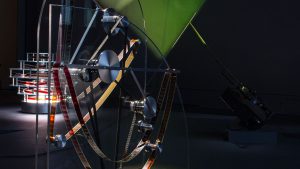




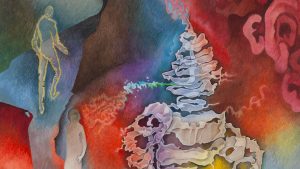

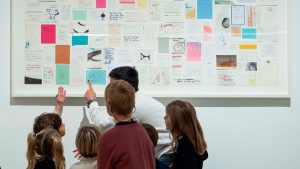
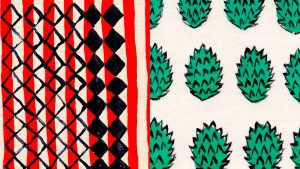


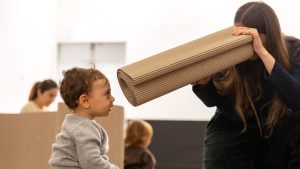
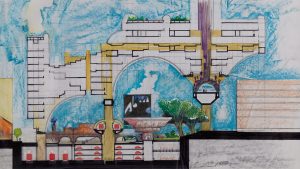
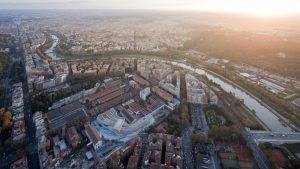

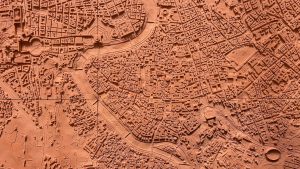


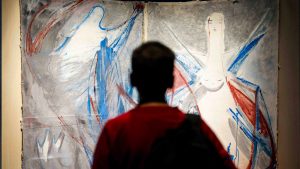

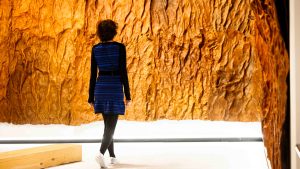

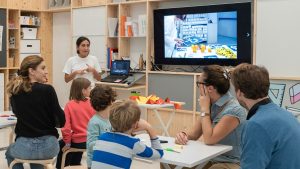





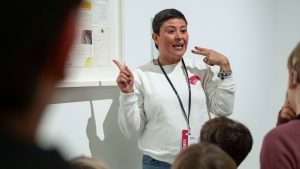



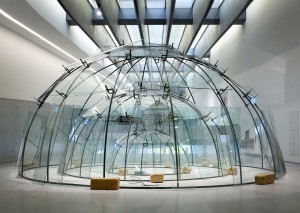
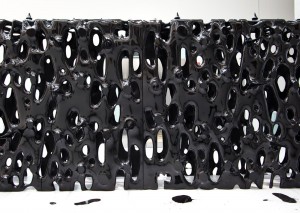
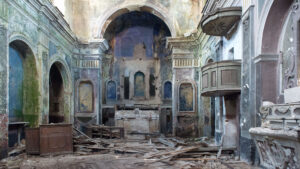

Mesopotamian Dramaturgies / Dome, 2009
Video installation, variable dimensions, 14’ 40”
Dome is a large-scale ceiling projection referencing the painted ceilings of Catholic churches. Suspended in the sky like modern-day angels, winking young provincial Turks in their everyday clothes exhibit cell phones and other symbols of progress.
View of the installation
Photo: Simone Cecchetti, 2010
Still video
Courtesy: the artist
Video installation, variable dimensions
Inspired by Trajan’s Column in Rome, Column is a work composed of old televisions installed in an ascending spiral alluding to the reliefs following one another on the Roman monument to the imperial victories in Dacia.
However, rather than the victors, Column speaks of the defeated as represented by the citizens of the most remote area of Turkey looking mutely towards the video camera, unable to make their voices heard, to express their stories.
View of the installation
Photo: Simone Cecchetti, 2010
?
Dual channel video installation, variable dimensions, 54’ 48” (left) 59’ 10” (right)
In the video, two young Turks read aloud without understanding the nonsense verses of the English poet Edward Lear. The incomprehensibility of the text, difficult to interpret even for a mother tongue English speaker, renders the illusory universality of globalization even more evident.
from English as a Second Language, 2009
Courtesy the artist
Photo: Simone Cecchetti, 2010
?
Video projection in wooden box, 150 x 400 x 258 cm, 20’ 15’’
Strange Space is the recording of a performance in which the artist crosses a vast and desolate desert plain barefoot and blindfolded Inspired by Layla and Majnun.
A legend known throughout the Islamic world in which the hero, blinded by love, wanders through the desert in search of his beloved, the work uses the ancient narrative theme as a metaphor for the unresolved relationship between the “archaic” and “modern” worlds, of their reciprocal attraction and the trauma caused by the meeting.
Kutlug Ataman
Still video from Strange Space, 2009
Courtesy the artist